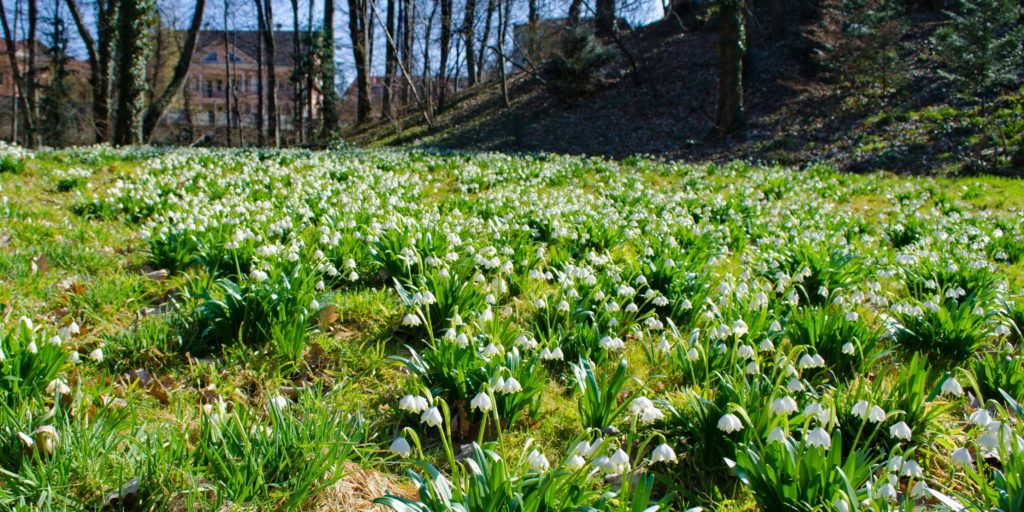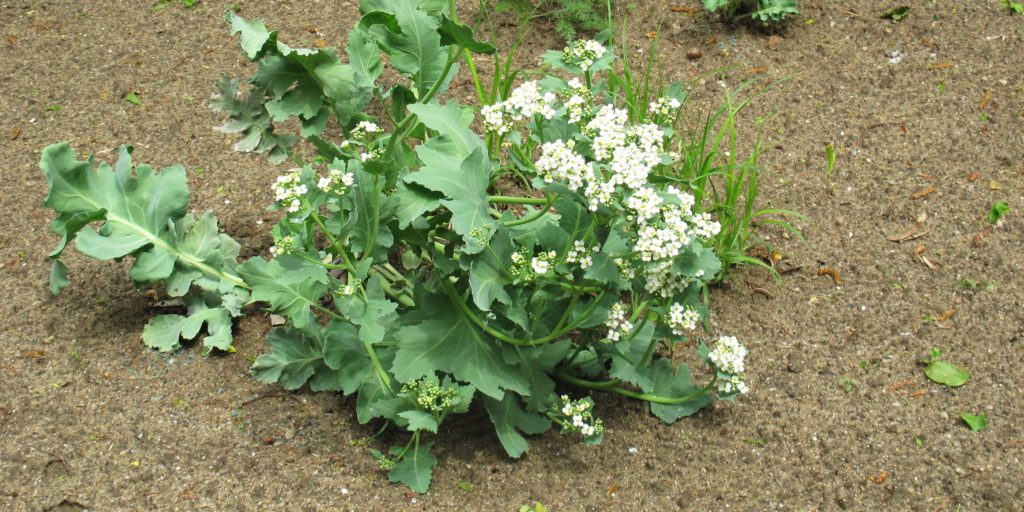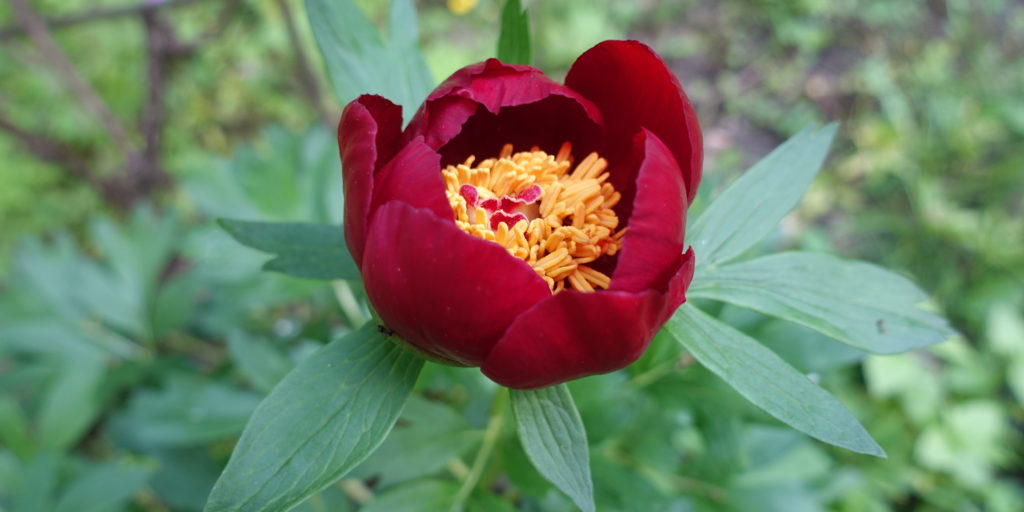The Romanian flora and vegetation

The Romanian flora and vegetation section constitutes the largest subunit of the Phytogeographical Sector, an original idea of Prof. Alexandru Borza, the founder of the botanic garden. This area provided important support for the botanic garden activities of ex situ conservation and research of rare or vulnerable plant species in our country, but also in presenting, educating and informing the public and biology students with our native flora. Thus, in a manner closely resembling nature, there are plants characteristic for the main regions of Romania, organized in subsections dedicated to Dobrudja, Banat, Oltenia, Transylvania and the Carpathian Mountains.

The flora of the sea dunes brings together, on a small area of land, species of this type of habitat that are increasingly endangered. It includes rare sand-loving species (a special sand is brought from the Black Sea shores), such as the sea kale (Crambe maritima), the sand couch-grass (Elymus farctus subsp. bessarabicus, Leymus racemosus), the blue lettuce (Lactuca tatarica), Stipa borysthenica, the lace veil asparagus (Asparagus pseudoscaber), etc.

The flora of Dobrudja is represented by rare species such as the Christ’s thorn (Paliurus spina-christi), the snowdrop (Galanthus elwesii), and the Balkan peony (Paeonia peregrina var. romanica).
The flora of Banat and Oltenia includes thermophilous and calciphilous species displayed on rockeries and in a vegetation type locally called ‘șibliac’ made up of the common lilac (Syringa vulgaris), the smoketree (Cotinus coggygria) or the manna ash (Fraxinus ornus).
The Transylvanian Plateau showcases a fragment of the beauty and diversity of the particular flora of this geographical area. The Transylvanian meadows are among the richest in biodiversity in Europe. The high number of species is due to traditional land-use practices of local people, who have cared for their land generation after generation. Mowing and grazing at optimal times preserve a large number of species in this type of semi-natural habitat. In the botanic garden, we apply the traditional local practices of protecting the biodiversity of the meadows, therefore the Transylvanian plateau showcases year after year about 100 species of plants that grow in harmony.

In early spring, thousands of spring snowflakes (Leucojum vernum) and hundreds of spring crocuses (Crocus vernus) bloom, in the summer we have rare species such as an endemic species of the milkvetch (Astragalus peterfii), the burning bush (Dictamnus albus), the dwarf Russian almond (Prunus tenella), the fernleaf peony (Paeonia tenuifolia), the poet’s daffodil (Narcissus poeticus). In the autumn, before the cold sets in, a crocus endemic to the Carpathians (Crocus banaticus) overflows the entire plateau with bluish shimmering hue.
The Transylvanian Plateau section is home to an artificial salt pan, where salt-tolerant plants (halophytes) are grown in a habitat that is widespread in Transylvania (e.g. at Turda, Sic, Cojocna, Ocna Mureș). Some examples of cultivated plants are Triglochin maritima, Juncus gerardii, Plantago cornuti, Limonium gmelinii, Tripolium pannonicum subsp. tripolium, etc.
The Carpathian Mountains are represented in the botanic garden by rocky and forest habitats. The rockery houses plants such as the yellow endemic tulip (Tulipa hungarica), the Carpathian white carnation (Dianthus spiculifolius), the white martagon lily (Lilium martagon var. albiflorum), the plum iris (Iris graminea), cotoneasters (Cotoneaster integerrimus, C. melanocarpus), etc. The forests are represented by areas planted with the sessile oak, the common beech, the Norway spruce, the silver fir, the red pine, and larch trees, and the grassy forest floor is represented by species such as the two Carpathian endemic species Cardamine glanduligera and Hepatica transsilvanica (Anemone transsilvanica). Frequently encountered in our forests are the anemones (Anemone ranunculoides, A. nemorosa), the wood-sorrel (Oxalis acetosella), the hart’s tongue fern (Asplenium scolopendrium), or the violet hellebore (Helleborus purpurascens). We should also mention the Hungarian lilac (Syringa josikaea) located at both the entrance and the exit of the Romanian flora and vegetation sector, and which is a true symbol of rarity (Carpathian endemic species) and beauty for the flora of this country.